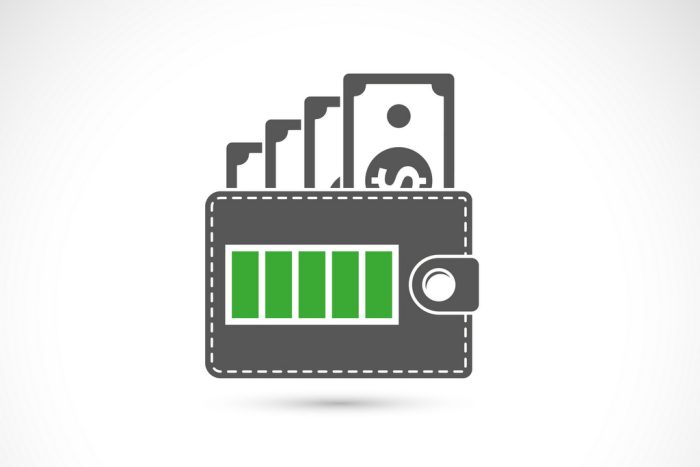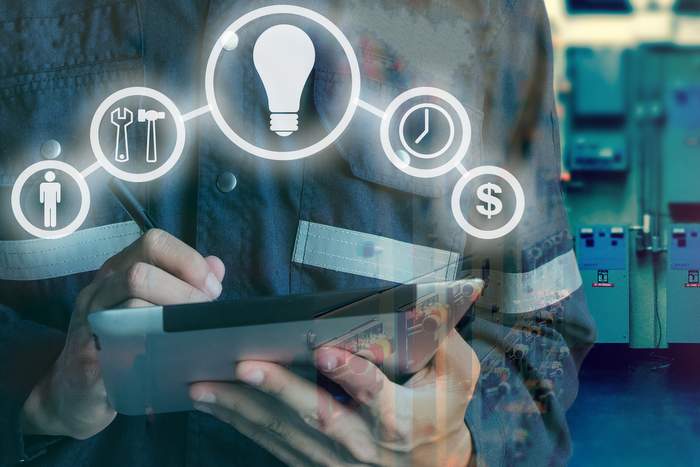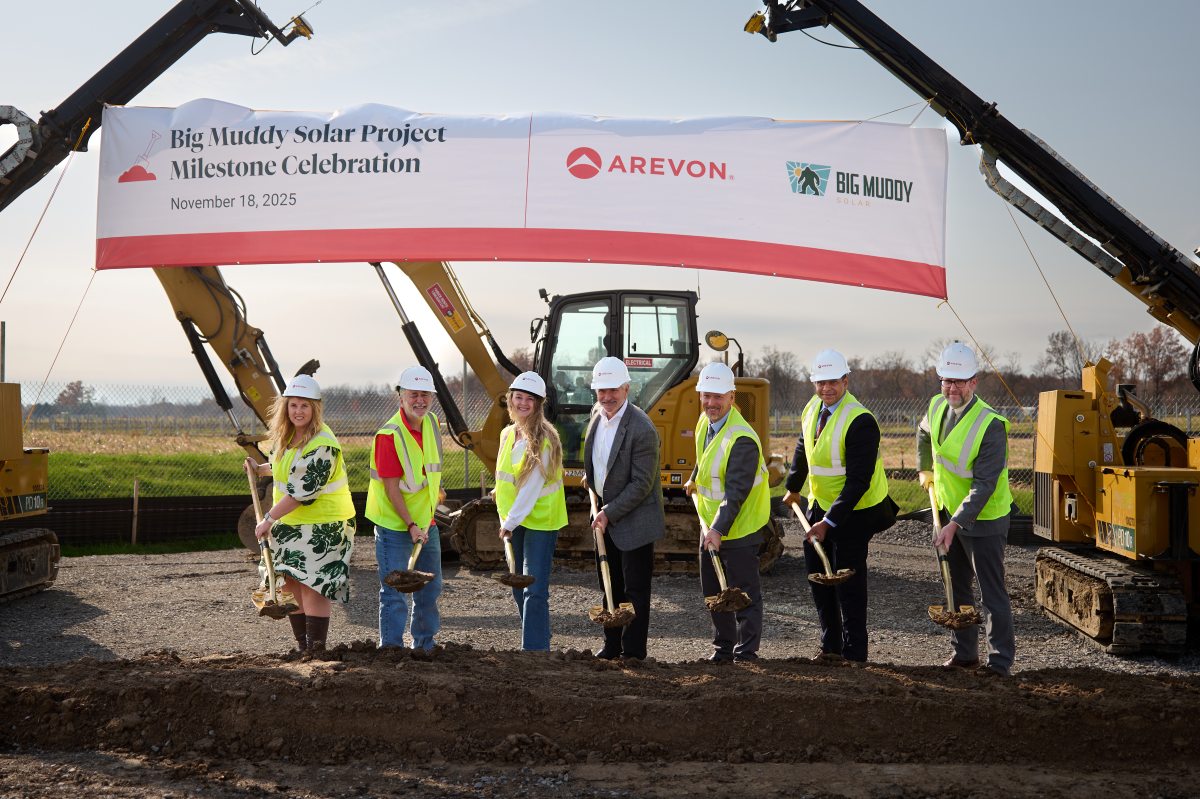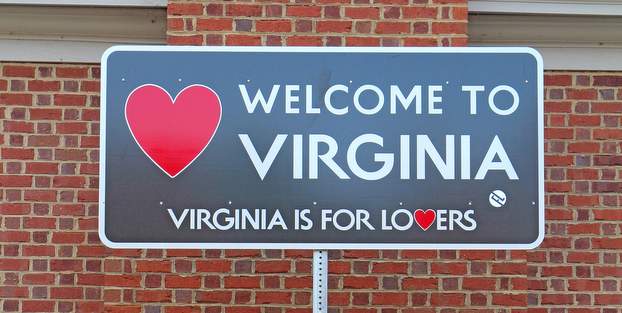Time to sell home solar + storage with long-term VPP revenue

Solar contractors juggle an extraordinary range of skills – from mastering complex installations to calculating project margins on the fly. In today’s competitive market, even the most talented contractors need every advantage they can get. There’s one powerful tool many aren’t using, and it could be the difference between a signed contract and a missed opportunity.
I’m talking about virtual power plants (VPPs), and here’s the enticing part: contractors don’t need to become experts to leverage them.
The pitch is simple. At the point of sale of solar, contractors just need to tell customers one additional thing: “If you add battery storage to your rooftop solar system, your battery can make money for you. It can power the devices in your home and keep the power on during a blackout, of course, but it can also supply power back to the grid. When you work with a third-party, you can get paid for that (depending on local and state utility programs.”
Full disclosure: I am the Chief Operating Officer at GoodLeap, which is one of the third-party companies that works to make these payments possible.
State of VPPs
The concept is straightforward. VPPs are networks of solar panels, batteries, and a suite of other devices like thermostats, HVAC, EV chargers, or even smart electrical panels, that are managed together to operate like a traditional power plant. When customers join a VPP, their batteries are used for the benefit of the grid when it needs power the most. In return, solar and battery owners get paid.
VPPs are already proving their worth across North America. Right now, there are more than 500 VPP projects up and running, and the numbers are growing fast. If VPP capacity triples by 2030, the Department of Energy forecasts these systems could meet 20% of U.S. peak demand, saving all ratepayers over $10 billion per year in avoided fuel and infrastructure costs.
States around the country with established or developing solar programs have created VPP state funds (California has the largest). In other states like Utah, utility Rocky Mountain Power is offering upfront “buydown” incentives for homeowners to adopt batteries, and, as a bonus, the utility includes ongoing annual bill credits on the homeowners’ electric bill. Effectively, these multi-year programs and incentives turn batteries into an on-going stream of payment for solar and storage owners, not just a one-time benefit. That’s because these systems are providing a valuable service to the grid as a whole.
What’s more, there’s ample evidence VPPs work; indeed policy support is expanding rapidly. Maryland and Texas – states that couldn’t be more different politically – are both pushing to expand VPP access. This model of using stored solar power in batteries in a network of homes, neighborhoods and entire communities is gaining momentum across the political spectrum because it just makes financial sense.
These programs are growing rapidly in number and in size. According to the Rocky Mountain Institute, the 15 VPP programs they recently studied represent more than four million customers and 1.5 GW of electricity.
The more, the better
Despite those stats, most solar customers don’t even know this is an option in places where VPPs already exist – that makes it a challenge to bring VPPs to scale. Worse yet, not leveraging VPPs leaves money on the table, both for customers and for solar companies.
When customers learn about a VPP option, they gravitate towards it. When California launched its Demand Side Grid Support (DSGS) program, a state-incentivized VPP, in August 2022, 265,000 customers signed up, and these customers continue to earn on-going payments each year they auto-enroll. In Ontario, Canada, 100,000 residents enrolled in a similar program in just six months.
Clearly, when people learn about the role of batteries and VPPs, they want in, but benefits go beyond individual wallets and into the neighborhood. Solar panels and battery reduce a home’s carbon footprint and help prevent blackouts and keep electricity prices down for everyone on the block.
The VPP pitch
When we launched the GoodGrid virtual power plant community in 2024, customers said helping the grid was their primary motivator for joining the program, and they asked to add more batteries. In an era where consumers and investors increasingly demand corporate social responsibility, VPPs offer a concrete way to contribute to the greater good while earning a return.
For contractors, this creates a compelling sales narrative. With electricity prices climbing nationwide, solar and battery storage are already attractive investments. Adding VPP benefits strengthens the value proposition significantly. Better yet, contractors don’t need to navigate complex state regulations or program details – they simply need to connect customers with third-party experts who can maximize their system’s value.
The results are predictable: higher conversion rates, better margins, and more satisfied customers. In a business where every advantage matters, VPPs might be the easiest win available to solar contractors today.
It’s time to update the solar sales pitch. The traditional benefits of energy independence and monthly savings are still compelling, but they’re just the beginning. By introducing customers to VPP opportunities, contractors can offer something even more powerful: the chance to earn money while helping build a more resilient grid.
Daniel Lotano is COO at GoodLeap, a technology company delivering best-in-class financing and software products for sustainable solutions.





Comments are closed here.